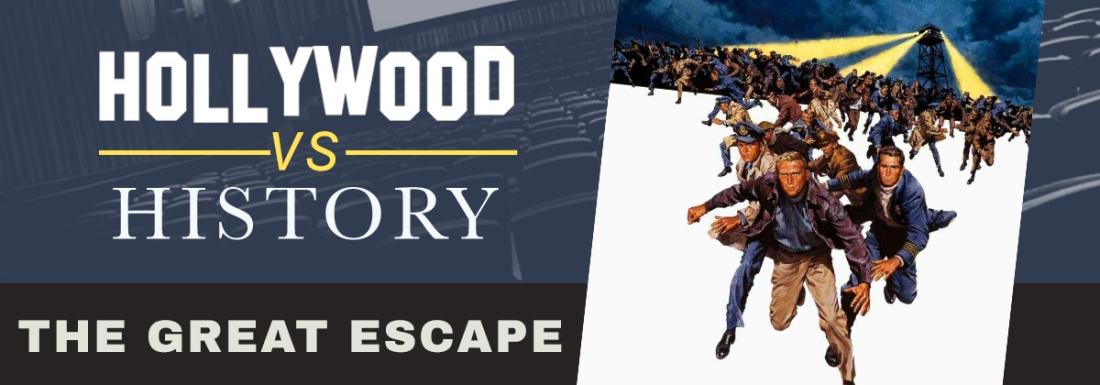In March 1944, more than six dozen Allied prisoners of Germany’s Stalag Luft III, a prison camp 100 miles southeast of Berlin, escaped through a tunnel they’d named Harry. Most were recaptured within days, and an enraged Adolf Hitler had 50 of them executed. Only three remained free.
The inspiring, if ultimately tragic, story is told in one of the top-grossing films of 1963, the now-classic The Great Escape. It’s based on Paul Brickhill’s firsthand account in a 1950 book by the same name, but to what degree did Hollywood tinker with true events?
In the latest installment of the Library’s Hollywood vs. History series in partnership with the U.S. Army Command and General Staff College, military historian David Mills and colleague Kayla Westra assess the historical accuracy of director John Sturges’ World War II adventure – from the details of tunnel construction to the prominence of American POWs in the mass breakout, and whether one escapee indeed managed to commandeer a motorcycle (as memorably depicted by Steve McQueen).
Mills and Westra are co-authors of Great Wartime Escapes and Rescues, which they discussed at the Library in January 2020. He is an associate professor in the Department of Military History at the Army Command and General Staff College. Westra is the dean of liberal arts and K-12 partnerships and chief information officer at Minnesota West Community and Technical College.

